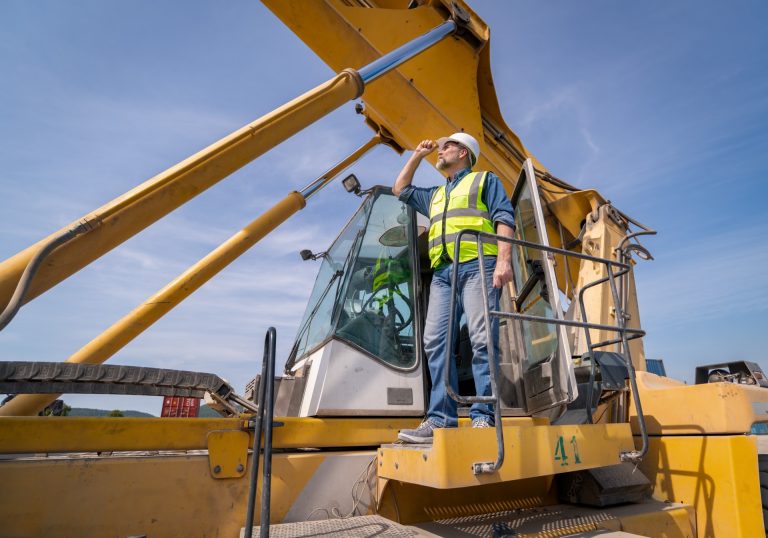Exploring the Latest Innovations in Heavy-Duty Caster Wheels for the Aerospace Sector
Heavy-duty casters have been an integral part of the aerospace industry since it first got off the ground. As the industry grew and evolved, the need for these strong, sturdy, high-performance components followed suit. At this point, they’re essential in numerous segments of the industry from transporting materials to ongoing maintenance and beyond. An array of advancements has come to the heavy-duty caster sector, each of which is contributing to durability, safety, longevity, and other factors.
High-Performance Stainless Steel and Cast Iron
For one, advanced aluminum alloys have entered the mix. In the beginning, casters were primarily made of basic iron and steel. Though these materials offer strength, high load capacities, and other benefits, they’re not infallible. They’re prone to corrosion, and they’re not the best option to use on certain types of flooring. They’re also notoriously heavy, which can detract from their maneuverability.
Improved cast iron and high-performance stainless steel have now made their way into the mix. Today’s iron and steel heavy duty caster wheels are much more durable and versatile. Stainless steel versions, in particular, are also more resistant to corrosion and other hazards. They’re heavier than aluminum, but they offer exceptional strength and longevity. They can handle heavier loads than their earlier counterparts, and they’re suitable for a variety of applications.
Advanced Aluminum Alloys
Aluminum alloys have been essential in the aerospace sector for quite some time because of their lightweight nature and high strength-to-weight ratios. They’re more resistant to corrosion than stainless steel and cast iron as well. Still, earlier versions of aluminum alloys didn’t always provide the strength aerospace manufacturers needed to move loads in excess of a few thousand pounds. They were also prone to denting and other types of damage.
That’s not the case with modern aluminum alloys. They’re made with elements like zirconium, lithium, and scandium for enhanced strength and durability. These also provide even greater corrosion resistance than conventional versions. Though they’re not appropriate for all heavy-duty applications, they’re suitable for many uses in the aerospace industry.
Composites
Another advancement in materials is the range of composites now available. For heavy-duty caster wheels, certain new materials are showing a great deal of promise. Those include carbon fiber reinforced polymers and fiber-reinforced metal matrix composites. They offer remarkable corrosion resistance, strength, and longevity. They also have impressive strength-to-weight ratios. As components continue to improve, their use in heavy-duty caster wheels is expected to surge.
Surface Coatings and Treatments
New surface coatings and treatments have also been developed. They work in tandem with advanced materials to further improve heavy-duty casters. They can make wheels and other caster components even more resistant to wear, corrosion, and other factors. Processes like anodizing and nitriding can give metals improved performance. Plasma-sprayed ceramic coatings and advanced polymers are also gaining steam in the industry. They can protect caster wheels as well as the surfaces they travel on.
Taking Advantage of the Latest Heavy-Duty Caster Innovations
Numerous innovations have come to the aerospace industry over time. Many of them have greatly improved the heavy-duty casters the industry needs for various applications. They’ve made casters stronger, more durable, and more resistant to corrosion. They’ve also improved their longevity, maneuverability, and other qualities. From the materials the casters are made of to the treatments and coatings that enhance their inherent properties, they can give aerospace manufacturers many advantages. They’re also paving the way for even more innovations to come.






